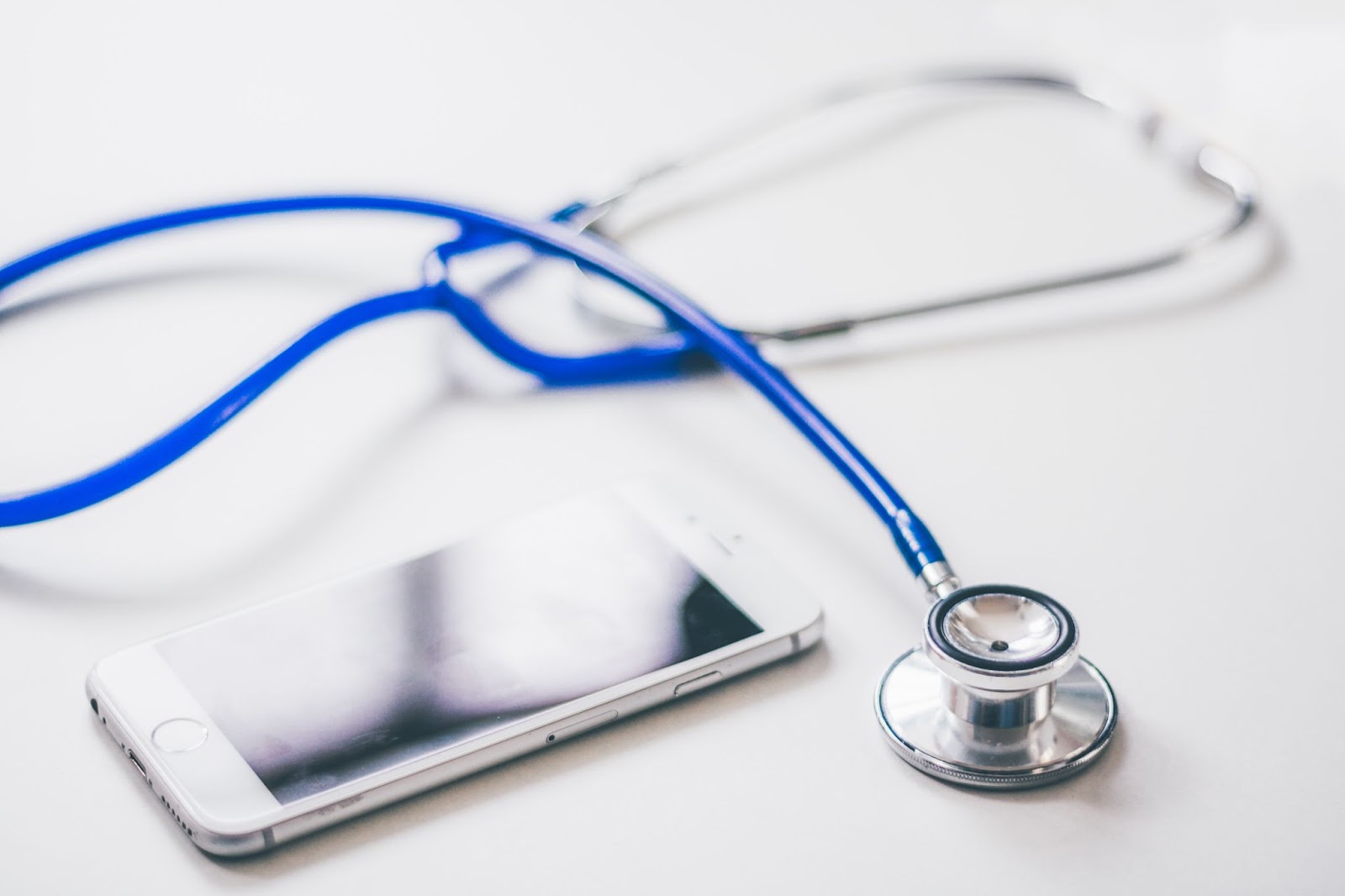
During the past two years, the healthcare industry has faced many changes and challenges. The global pandemic, political polarization, economic uncertainty, and evolving technology have impacted both the day-to-day operations and the big-picture strategy of healthcare organizations.
The role of risk managers at healthcare facilities is to understand these challenges, project how they might impact hospitals and healthcare organizations in the future, and help prepare risk management plans that will prevent or minimize harm to patients, staff and visitors. Moving into 2022, here are the five biggest trends to expect in healthcare risk management, according to global consulting firm Protiviti.
COVID-19
Repeated waves of highly transmissible disease have routinely swamped hospitals, leading to physical dangers of infection and increased staff burnout. In order to manage these risks, healthcare providers have had to change visitation policies to encourage social-distancing, address shortages in personal protective equipment (PPE); and figure out how to accommodate both COVID-19 positive patients and those without. With no end to the pandemic in sight, facilities must keep covid in mind as an ongoing and present risk.
Regulatory Compliance
Changes in legal regulations and healthcare policy can have serious impacts on the healthcare industry. Even as legal and regulatory compliance risks increase, many facilities are being asked to do more with less. As the new administration steps-up regulatory compliance and enforcement, health care providers will face a growing need for effective compliance programs and timely, thorough risk assessment.
Cybersecurity
The healthcare industry faced multiple ransomware cybersecurity attacks in 2020, and the FBI has warned of “increased and imminent” cyber threats to hospitals. Hackers have taken advantage of the increasing financialization of the healthcare industry—the more mergers and acquisitions an organization undertakes, the harder it is to manage cyber vulnerabilities. Experts agree that healthcare organizations need to invest a great deal into cybersecurity programs in the future.
Supply Chain Management
Healthcare supply chains are extremely complex, having to accommodate everything from devices, medicines, blood and specialized gases. They’re also expected to be agile and low-cost. The pandemic has thrown these supply chains into disarray, with shortages of disinfectants, PPR, ventilators and other medical necessities; uncertain supply; and pressure to manage costs. When COVID-19 is at a low ebb, hospital supply chains are also under pressure from the need to restart previously suspended surgeries. Careful and nimble planning is necessary to ensure facilities have the appropriate supplies.
Labor Needs
The past decade has seen a serious drop in healthcare workers, with the rate of professionals retiring outstripping those entering the workforce, even as the need for them in a rapidly aging population grows. COVID-19 has supercharged this dynamic, with massive amounts of attrition in an overburdened healthcare system, leaving healthcare providers scrambling for staff.
In addition, the rise of new and disruptive medical technologies such as artificial intelligence, machine learning, natural language processing and robotic process automation has left hospitals reliant on specialized talent—and training replacements is neither easy nor quick. Healthcare organizations have to find new ways to attract the right talent in order to use these new digital technologies effectively.
In a society racked by considerable challenges, risk management is a vital part of planning for the future—just like having the right treatment available for any illness.
Life Balance Technologies has developed an integrated solution for air balance auditing that reviews 100 percent of a facility for infection risk. The Life Balance process integrates the mechanical design, HVAC inventory, room application, and industry standards to audit the infection control parameters of an entire building. To learn more about this innovative technology, visit our Software page.





